#folk history
Text
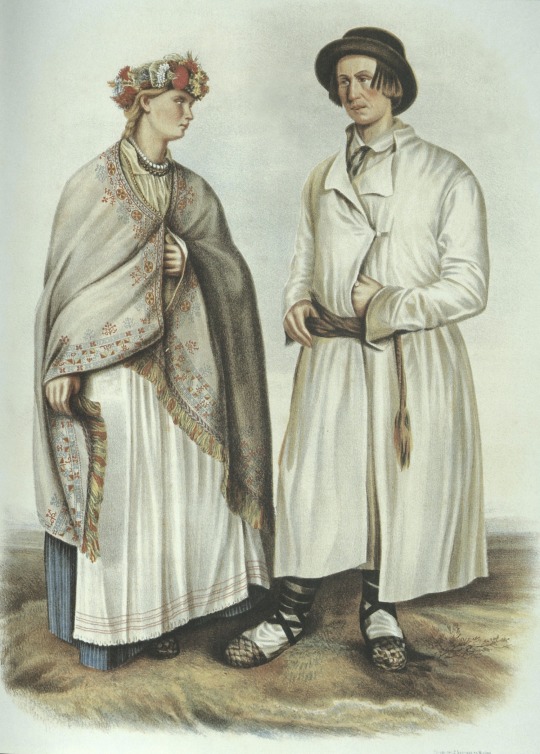
Tautas tērpi Ludzas apģērbi 19. gs (Folk costumes Ludza district, 19th century) (Source: Latviešu tautas tērpi, 1936)
#folk history#Latvian folk history#Latgallen folk history#folk costumes#Latvian folk costumes#Latgallen folk costumes#Latvian history#Latgallen history#Latgale
25 notes
·
View notes
Text



Joan Baez participating in the Selma to Montgomery March, 1965
#folk ballads#folk music#folk revival#folk#history#music#music history#joan baez#civil rights movement#civil rights#blm#black history#folk history#historical photos#mlk jr#60s music#martin luther king jr#mlk#1960s music#1960s icons#1960s#60s
117 notes
·
View notes
Text
Christos Davelis
The Brigand Captain
Christos Davelis, who is mostly known as Λήσταρχος Νταβέλης (Lístarchos Davélis, Brigand Captain Davelis) in Greece, was a notorious bandit who was active in the regions of Attica and Boeotia in the mids of the 19th century. Although he died young, his life reminds of fictional literature, so much that he became a folk hero of sorts in the collective Greek memory, despite not really possessing heroic virtues.
His real name was Christos Natsios. His birthplace is not certain but it is believed he had some Arvanite-Vlach descent. Christos was initially a shepherd, just like most of his family. He took care of the flocks of a monastery in Mt Penteli. Someday, the abbot approached him and asked him to deliver a letter to a nun in Athens in full secrecy. Overcome with curiosity, Christos gave the letter to someone who could read it for him instead, as he was illiterate. Learning of the letter's contents, he decided to meet that nun himself and he became a frequent visitor of hers. The abbot found out and accused him of robbery. Christos was whipped and exiled to Euboea island.
There he fell in love with the daughter of a priest (he did appreciate the religious vibe apparently), although she was already betrothed to a prosperous shepherd. The shepherd seeked revenge and led Christos Natsios to the authorities claiming he was a deserter they were after, called Nastos. Christos failed to convince them his surname was different. He managed to flee though and he escaped to the mountains, under the alias Davelis.
There he joined the bandit gang of his uncle and soon he created his own, with which he was robbing travellers, shepherds and farmers who lived in Attica, Boeotia, Phthiotis and Euboea. One of his most notorious operations was the kidnapping of the French officer Berteau, who had come to Greece in order to convince the Greek government to not participate in the Crimean War by Russia's side (and against the Ottomans). This operation proved to be his most prolific as the Greek state paid him 30,000 drachmas in gold (an outrageous amount of money back then) to let the French man free.
His reputation grew bigger in 1855 when his gang was active near Marathon and Davelis used the Cave of Penteli as his lair. This cave is still said to have a haunting vibe about it and it is sometimes associated with stories of supernatural incidents.


The Cave of Davelis.
The most famous and decisive point in his life though was his affair with the Italian duchess Luisa Bacoli, who asked the gang's protection in order to visit Delphi safely. Davelis' right hand, Yannis Megas, fell in love with her and went mad when Bacoli responded to Davelis' advances instead. He left the gang, denounced his former lifestyle and joined the police, determined to hunt Davelis down.
This was not even the only duchess seduced by Davelis charms' who was said to have a soft and delicate face, despite his reputation and lifestyle. According to folklore, he also had an affair with the Duchess of Plaisance, Sophie de Marbois-Lebru and there was a tunnel connecting his cave all the way to her villa in Athens.

Sophie de Marbois-Lebrun, Duchess of Plaisance
Another legend was that Davelis often disguised himself and casually visited Athens, where he conversed in coffee shops with the locals.

Folk art of Davelis.
The police was humiliated often by Davelis , once being surprised by his gang in Menidi and being forced to hand him their weapons. This made the police (and Megas) even more determined to catch him. This finally happened in the summer of 1856, in a proper combat between Davelis' gang and the policemen. Seeing many of his men fall, Davelis offered to fight Megas in a one-to-one duel. Megas leaped furiously at him with a sword but Davelis managed to kill him first, using a gun. His victory didn't last. A policeman killed him with his sword, while Davelis was crying "ούτε ο Νταβέλης στα βουνά ούτε ο Μέγας στα παλάτια" (úte o Davélis sta vuná úte o Méghas sta palátia = "neither Davelis in the mountains nor Megas in the palaces"). His head was put on a stick and left in common view in Syntagma Square in Athens for several days, in the summer of 1856. The head is now kept in the Museum of Criminology in Athens but the access to it is restricted.
The Greek painter Nikephoros Lytras, just passing by, took a photograph of his head, and later took it to Munich where he would be working for a while. While there, he became friends with the German painter Gabriel Cornelius Von Max.
One day when the German artist was in Lytras’s studio rummaging through his files, he came across the portrait of Davelis’ head. He asked Lytras about the identity of his model: “He was the most terrible thief that Greece has ever known, a ruthless, ferocious man” – “And yet,” Von Max countered, “in this picture, I can see that this man met God at the moment of his death. You have the portrait there of a saint; a great saint.”
Lytras thought that Von Max was obviously deranged. “Since he interests you so much, the portrait is my gift to you.” Von Max took away the portrait and used it to paint his most famous work: ‘The Veil of Veronica’; reproduced millions of times.
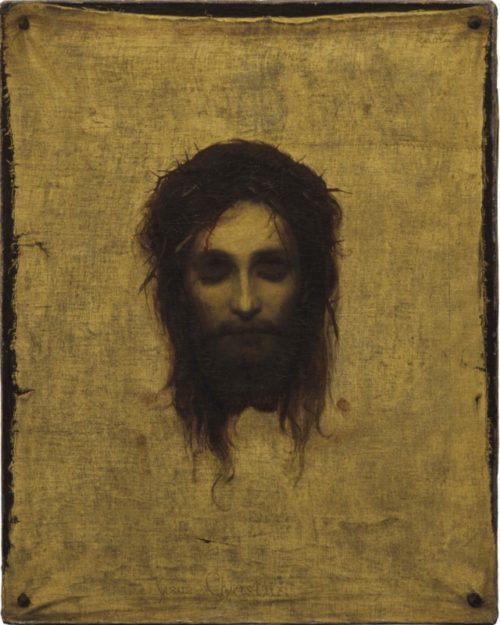
Sources: x, x
#greece#history#christos davelis#listarchos davelis#greek history#folk history#long text#tw long text#sterea hellas#central greece#athens#attica#euboea#boeotia#cave of davelis
22 notes
·
View notes
Text
Feast Days: Martinmas
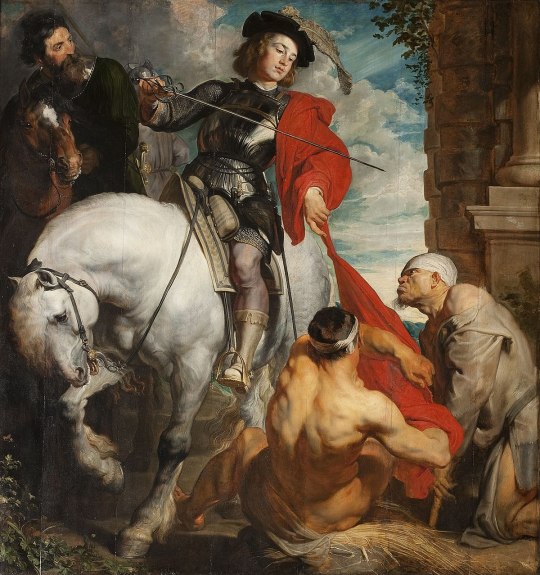
Anthony Van Dyck ~ "St. Martin Dividing His Cloak" (c.1618)
Happy Martinmas!
Today marks the feast day of St. Martin of Tours, who was bishop there from 371 CE until his death in 397 CE. He is the patron saint of many things, including: against poverty, against alcoholism, the poor, cavalry, Buenos Aires, quartermasters, wool-weavers, soldiers, and tailors, as well as wine growers, makers, and sellers. Whew! He must be very busy.
Keep reading for info about his life, a snitch goose, where the word 'chapel' came from, and how to tell what the weather will be like at Christmas.
His Life
Much of what we know about Martin comes from his hagiographer, Sulpicius Severus, who includes some 'artistic license' that is common in chronicles of the time, and therefore must be taken with a grain of salt.
Martin was born anywhere from 316-336 CE in Savaria, now Szombathely, Hungary. His father was a senior officer in the Roman Army, and as such was given land in northern Italy for his retirement. At the age of 10, Martin attended a Christian church against the wishes of his parents, and became interested in Christianity. Because of his father's status as a veteran, he was required to join the cavalry at 15. Dates surrounding his military service are shaky, but Severus states that, during his time stationed in Gaul, he was riding on horseback when he encountered a poor man with threadbare clothes. Having compassion on him, Martin used his sword to cut his own woolen cloak in two and gave the other half to the man. That night, Jesus Christ appeared to him in a dream, surrounded with angels and wearing half of the cloak. After this, Martin was baptised as a Christian. Though other miracles of his are recorded, this tale is the one most associated with Martin's life. It fits in with depictions of God or his angels in disguise as a beggar, traveller, &c., and is also a narrative found in many other religions and traditions. (Biblical examples include Abraham feeding the three angels in Genesis 18).
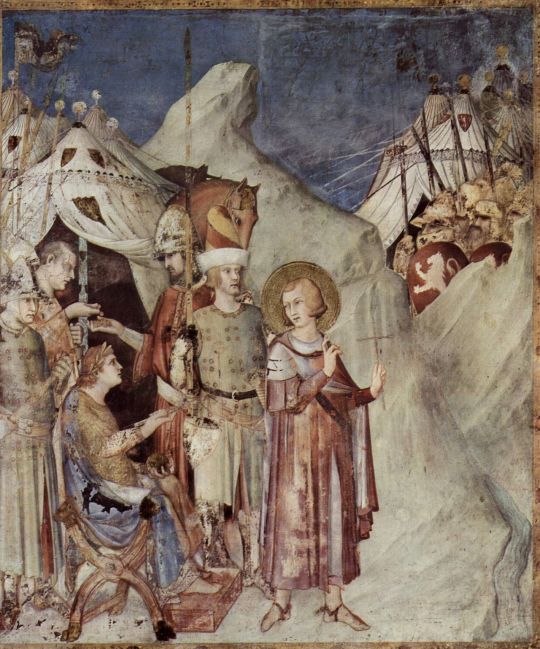
Martin dips from the army ~ fresco by Simone Martini (c.1320s)
With his new faith now firmly a part of his life, Martin decided to leave the army. Before a battle near modern-day Worms, Germany, Martin went before Emperor Julian and refused his salary, saying, "I am the soldier of Christ: it is not lawful for me to fight." They threw him in prison for this, but due to ye olde extenuating circumstances, he was released and discharged without further incident.
Martin made his way to modern-day Tours in France and declared himself a hermit, becoming a disciple and friend of Hilary of Tours. Because Christianity was Not OK™ in the Roman Empire, he and Hilary faced a lot of discrimination, including corporal punishment and exile. After converting his mother to Christianity and having numerous adventures, like living pretty much alone on an island, he and Hilary settled down in and around Poitiers, where Martin established Ligugé Abbey. It is the oldest known monastery in Europe! Martin made it his home base while he preached throughout western Gaul.

In 371 CE, the bishop of Tours died, and Martin was considered a good candidate for a successor. However, he liked living as a hermit and monk, and they resorted to tricking him into coming to Tours and then forced him to become the bishop. Legend holds that he tried to hide in a barn, but a honking goose gave him away. Hence he is the patron saint of geese, which I think is adorable. Martin proved true to his hermit ways, living very simply in huts with his monks. He established a rudimentary parish system, through which he visited different Christian communities and established monasteries. He was very determined in his efforts to convert local Pagans, as well as protect Christian institutions from unfriendly sects in the area, and in some cases he was successful. He died in 371 CE, already a venerated man. His popularity was ensured by his adoption by various French royals and by the Third Republic as a national symbol.
Martin has been portrayed by several famous artists, including Van Dyck, Peter Bruegel the Elder, and El Greco. He is usually portrayed on horseback, dividing his cloak for the poor man, though occasionally he can be seen riding a donkey. This references another story in his life about the time where he met the Devil and outwitted him. It also connects him to the image of Jesus riding a donkey into Jerusalem (recounted in Mark 1:1-11).
Martinmas and its Traditions
Martin lent his legacy to a host of English words and phrases, including those relating to the word 'chapel'. Temporary buildings that held the relic of his cloak (cappa in Latin) were referred to as cappella, and hence the word 'chapel' was born. A similar thing happened to the word 'chaplain', which derived from the word for the priest in charge of the cloak.
Though the Anglo-Saxon church did celebrate St. Martin to some extent, more references to Martinmas celebrations begin to crop up after Norman Conquest of 1066, when the Frenchman William the Conqueror invaded England. Supposedly, he promised to build an abbey dedicated to Martin if his invasion of England was successful. William was very likely familiar with the early Mediaeval association of the battle-hungry rulers of France with St. Martin, and was possibly responsible for his increased popularity in England.
In England and Scotland, and indeed through much of western Europe, Martinmas became a celebration marking the culmination of the harvest and the beginning of winter. From the late fourth century through the late Middle Ages, it also served a similar purpose to Mardi Gras/Carnivale: a period of fasting was ordained for the day after Martinmas through Christmas, so Martinmas was your last chance to stuff your face for a long time! (This period later became Advent, though with much laxer rules). As such, it was a time for feasting, celebration, bonfires, getting really drunk, and even events such as bull-running, as in Stamford, Lincolnshire. It was also a time for the end-of-harvest tasks, such as sowing winter wheat and slaughtering pigs and cattle. An old English saying goes, "His Martinmas will come, as it does to every hog", meaning, "they will get their comeuppance" or "everyone dies someday". Due to Martin's association with geese, some celebrated with a roast goose, but in Britain particularly it was also popular to eat salted pork or beef. For those not rich enough to have a goose, a duck or hen would also suffice. Other traditional fare included black pudding, haggis, and the first wine of the season.
On the business side of things, Martinmas served as a quarter day in Scotland and in parts England. A quarter day was one of four days on which major legal business was conducted. Servants and labourers would be hired or let go, rent was paid, contracts would begin or end, &c. Hiring fairs would be held for agricultural labourers seeking employment, and there would also be entertainment, food, trading, and other scenes of merriment. One of the most famous Martinmas fairs was at Nottingham in England, which lasted eight days.
Like many other English holidays, there is weather folklore associated with Martinmas. To have a warm fall and winter is to have a "St. Martin's Summer". If Martinmas proves an icy day, Christmas (or the rest of the winter) will be very warm. The rhyme puts it more pithily: "If the geese at Martin's Day stand on ice, they will walk in mud at Christmas".
If you stand at the back of the church and observe the congregation on Martinmas, those with a halo of light around their heads will not be alive by next Martinmas.

Interior of St. Martin-in-the-Fields, with a funky window!
The church of St. Martin-in-the-fields in Trafalgar Square in London is named after Martin. Many people commemorated there are associated with his anti-war sentiments -- these include Vera Brittain, a memoirist and pacifist; and Dick Sheppard, founder of the Peace Pledge Union. The church also supports houseless and vulnerably housed people.
The holiday gradually fell out of practice due to the English Reformation (when England split from the Catholic Church throughout the 1500s) and the Interregnum (Puritan republican government, 1649-1660). The observance of Armistice Day on the same day largely overshadowed the holiday in the UK, though many regions in Western Europe still take part in traditional festivities.
Martinmas is celebrated on 12 October in the Eastern Orthodox Church.
If You're Still Interested...
"The Life of St. Martin" by Sulpicius Severus himself! (pdf)
Pot Roast Martimas Beef Recipe by Chatsworth House
Sources
Historic UK
Wikipedia (Martin of Tours)
Wikipedia (St. Martin's Day)
Fisheaters.com
The Encyclopedia of Saints by Rosemary Ellen Guiley
"Medieval English "Martinmesse": The Archaeology of a Forgotten Festival" by Martin Walsh (via jstor)
#feast day series#feast day#martinmas#st martin#martin of tours#history#cultural history#english history#british history#saints day#folk history
8 notes
·
View notes
Text

Women in Prilep, North Macedonia, playing oro, early 1900's.
10 notes
·
View notes
Text
Kaapi Kronchiles -- Ides of March
Musings from Mango Meadows.
As I sit here amidst the tranquil ambience of Mango Meadows, surrounded by the lush greenery and gentle rustling of the mango trees, I can’t help but ponder the significance of the Ides of March. The words of Chits, or Dr. Chitra Subramanian as she’s known officially, echo softly in the background, reminding me to “beware of the Ides of March.“
Ah, yes, the Ides of…

View On WordPress
0 notes
Text
As a fashion history and folklore nerd I am highkey obsessed with Anna Juhász Szép
#WORK IT GIRL#fashion#history#hungarian#vintage#folk costume#she makes me want to wear my hustka all winter
4K notes
·
View notes
Text
A twerk off between every cultures hottest folk creature
#cryptids#folk history#folk creature#urban legends#twerk off#me#my bets on paul bunyon#call him pall bumyum#im straight
0 notes
Text

18K notes
·
View notes
Text

Guys I miss Wally… Im getting back into the groove with some Pokémon au/human doodles of him (and Ditto <3 Dittos always invited)
#welcome home#welcome home fanart#welcome home puppet show#wally darling#my art#Oh man you have no idea how many wips I've got of Wally#my favorite character in the history of time its true folks
2K notes
·
View notes
Text




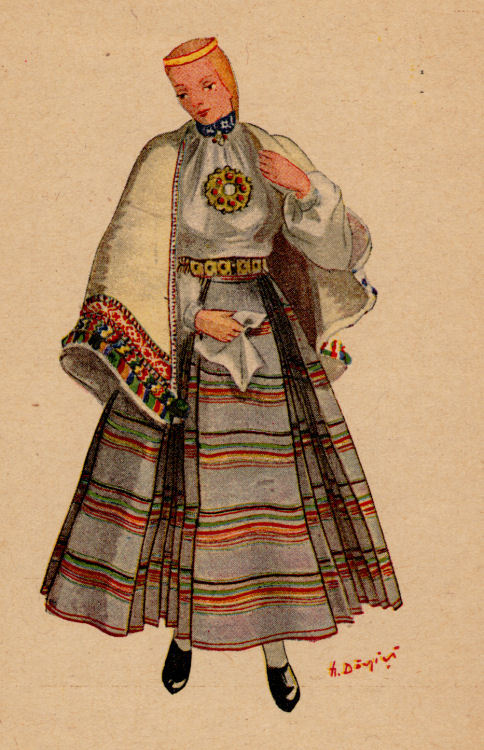


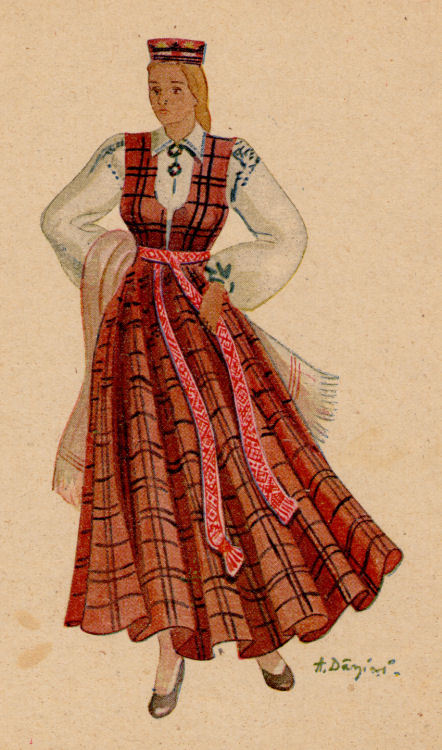





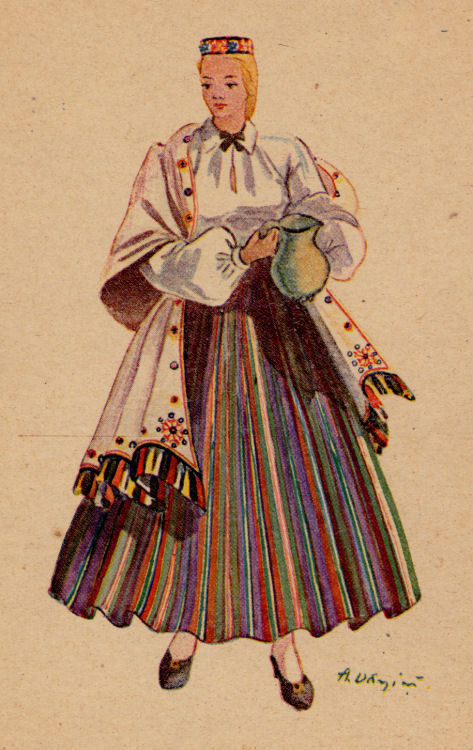



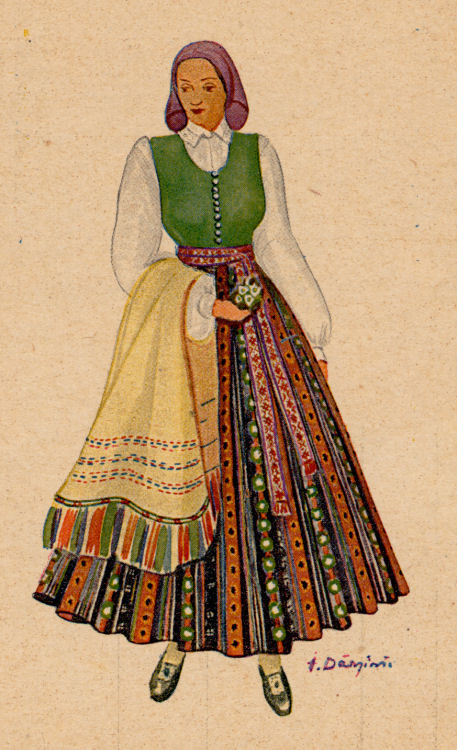
Anna Dāŗziņa tautastērpu ilustrācijas. | Anna Dāŗziņa folk costume illustrations.
#Latvia#Latvian history#Latvian culture#Latvian folk history#Latvian folk costumes#folk history#folk costumes#folk costume#Anna Dāŗziņa#illustrations
18 notes
·
View notes
Text


Joan Baez in Vietnam - December 1972
During the height of the war, Joan spent 13 days in North Vietnam witnessing firsthand the atrocities she so ardently protested against. She had to be constantly sheltered in her hotel’s bunkers from the Christmas bombings.
Joan returned with 13 hours of tape recordings of the war’s ambiance, which she used in the album “Where Are You Now, My Son?”
#folk ballads#folk music#folk revival#folk#history#music#music history#joan baez#vietnam#vietnam war#folk history#historical photos#60s music#civil rights#vintage#1960s music#1960s icons#1960s
16 notes
·
View notes
Photo
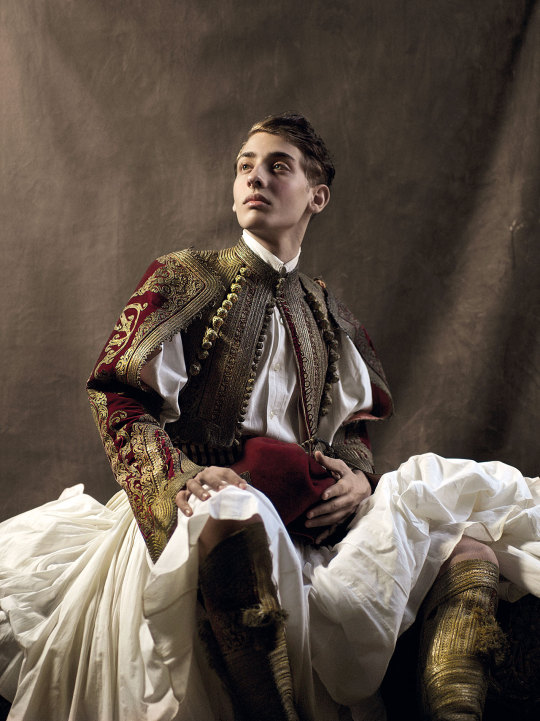



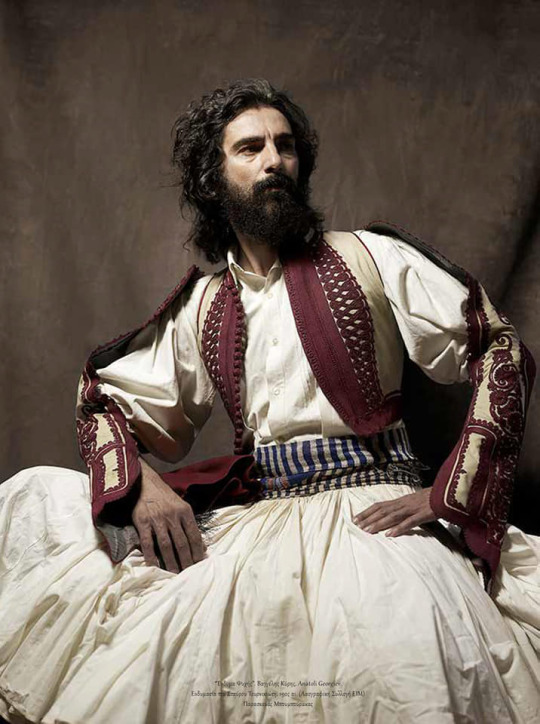


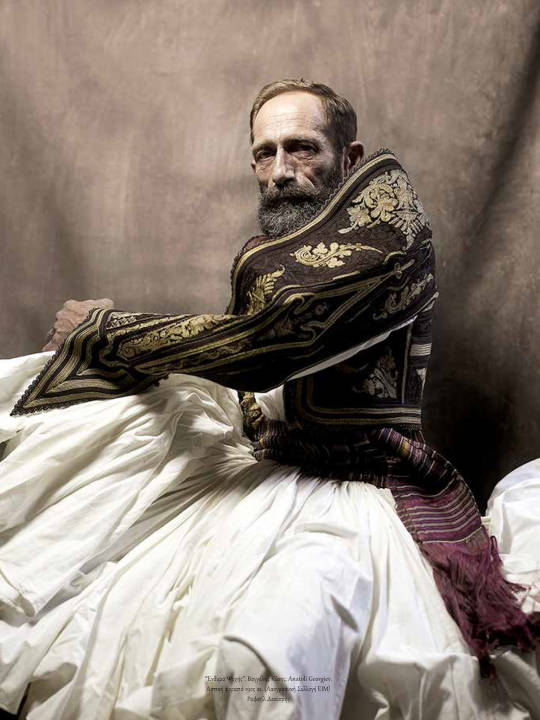
Newly exhibited photos from the project Ένδυμα Ψυχής - Raiment of the Soul, collaboration of photographer Vangelis Kyris and Bulgarian embroidery artist Anatoli Georgiev who present Greek traditional costumes, which are exhibits of the National Historical Museum of Greece. The exhibition is currently hosted in the Acropolis Museum, until March.
Attire of King Otto of Greece, 19th century.
Dress from Nisyros island, 19th century.
Dress from Zakynthos (Zante) island, 18th century.
Attire of Dimitris Mavromichalis, aide-de-camp of King Otto.
Attire of Stavros Tournikiotis, 19th century.
Urban dress of Old Athens, 18th century.
Dress from Zagori, 19th century.
Urban attire, 19th century.
See more photos of the project x, x, x and x.
#greece#europe#historical fashion#traditional clothing#folk clothing#vinatge#fashion#photography#culture#history#national historical museum#king otto#nisyros#zakynthos#zante#athens#zagori#dodecanese#greek culture#heptanese#ionian islands#attica#sterea hellas#central greece#ioannina#epirus#greek islands#mainland#large
9K notes
·
View notes
Text
Feast Days: St. Bartholomew
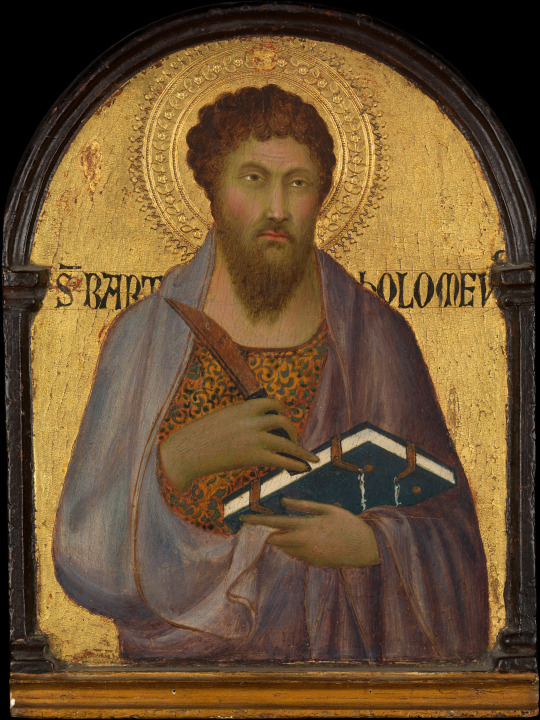
Saint Bartholomew, workshop of Simone Martini (c.1317-1319)
Happy St. Bartholomew's Day!
Today marks the feast day of St. Bartholomew the Apostle -- that's right, one of the OG followers of Jesus! Although he has a pretty miniscule role in Biblical narratives, he is one of the twelve apostles, and so has a heavy load when it comes to patronage. He is the patron saint of butchers, Florentine salt and cheese merchants, house painters, book binders, leather workers, neurological diseases, skin diseases, dermatology, shoemakers, glove makers, farmers, curriers, tanners, trappers, and twitching.
A fair warning: this one isnt' so cheerful. Bart's demise, like many of the saints, is pretty gnarly, and it does have something to do with all this skin/leather stuff going on in his patronage. This day is also associated with an infamous example of religious violence, Catholic vs. Protestant. Read on at your own peril.
His Life
Not a lot is known about Bartholomew's life within Biblical canon. He is believed to be same person as the apostle Nathaniel, who appears in John 1:45-51 and 21:2. He is also mentioned in the Book of Acts.
Much of the tradition around Bartholomew details his trips to spread Christianity. This man sure got around! Two ancient texts cite a trip to India, specifically the Bombay region, where he left a copy of the Gospel of Matthew. However, many scholars doubt that this actually happened, and say that he actually went to Ethiopia or modern-day Yemen. Still other traditions hold that he was a missionary in Mesopotamia, northeastern Iran, and/or central Turkey.
Arguably his most eventful missions trip was to the Armenia/Azerbaijan area in the 1st century CE. Along with his fellow apostle Jude (also called Thaddeus), he is credited with bringing Christianity to the region; and as such, both are venerated as the patron saints of the Apostolic Church of Armenia. His luck ran out here, however, and he was martyred in the region in horrific fashion. Legend holds that he converted the king of Albania, Polymius, to Christianity. Polymius's brother was not a fan of this, and fearing a Roman backlash, and ordered Bartholomew's torture and execution. There are three main stories about his manner of death. The most popular says that he was executed in Albonopolis in Armenia by being flayed (skinned) alive and beheaded. The second account says he was crucified upside-down, and the third that he was beaten unconscious and thrown into the sea to drown. The first legend captures the imagination much more vividly, and as such Bartholomew is most frequently depicted holding his skin -- sometimes he has grown a new skin, other times he is still a skin-less meat man. Many times the old skin still has his face. Woof.
Bartholomew has also come to be associated with the field of medicine, for two main reasons. Firstly, artists past and present have taken advantage of Bartholomew's flayed state to execute detailed anatomical studies of the human body. Secondly, a portion of his relics are stored at the basilica of San Bartolomeo all'Isola in Rome. This was the old site of a temple to Asclepius, which was an important Roman medical site (Asclepius is the Greek god of medicine). Thus, over time, Bartholomew and medicine came to be connected.
The St. Bartholomew's Day Massacre
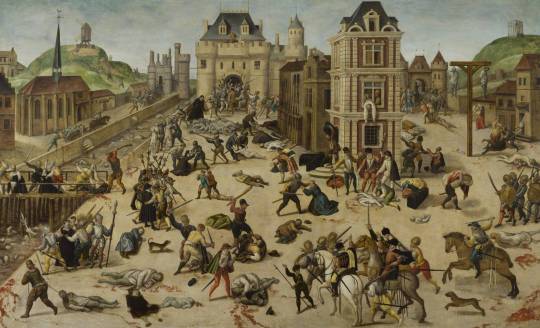
A depiction by Huguenot painter François Dubois, who was possibly an eyewitness (c.1572-1584)
This series mainly focuses on saints' days in the UK, but one does not simply discuss St. Bartholomew's Day without discussing the massacre. This outbreak of bloodletting was part of the decades-long French Wars of Religion, which was fought on and off between Catholics and Huguenots (French Calvinist Protestants). As religion held such an essential role in society and in the machinations of power, the 'type' of Christianity embraced by the state was literally and frequently a matter of life and death. With autocratic governments, unity of church and state, and much less effective means of communication and law enforcement, it was only too easy for hate and violence to take over, and for those in power to turn a blind eye or even participate. There are many contemporary examples we can look to as parallels to this event, and I think with the same conditions, it could happen a lot more often.
The massacre took place in Paris on the night of August 23rd-24th, 1572. Although the causes for the riots are complex and deep-rooted, the main inciting factor was the marriage of Henry III of Navarre, a Catholic, to Margaret of Valois, a Huguenot. They were married on August 18th, and many rich and famous Huguenots gathered in largely-Catholic Paris to attend the wedding. Tensions erupted in scenes of horrific violence, with Catholic mobs attacking, trapping, and hunting down Huguenots in the streets. The violence lasted for several weeks, spreading out through the provinces and other urban areas. Sir Francis Walsingham, Elizabeth I's ambassador to France at the time, was in Paris during the violence and barely managed to escape with his life. Modern estimates cite the casualties from anywhere between 5,000 and 30,000 people. Although the Catholic reaction to the slaughter ranged from outward glee to sickened horror, Protestant countries obviously panicked, and the massacre was used as anti-Catholic propaganda for centuries, 'justifying' Protestant reprisals against uninvolved Catholics. It was yet another terrible event in the brutal European Wars of Religion.
St. Bartholomew's Day and its Traditions
On to more cheerful things!
This day is also called Bartlemas or Bartelmytide.
Emma, the wife of King Canute, supposedly brought one of Bartholomew's arms to England in the 11th century, and it was venerated in Canterbury Cathedral for many years. Most of the information on this is in the past tense, so I assume it is no longer there.

Depiction of Bartholomew Fair, Rowlandson et. al., c.1808
August and the time around St. Bartholomew's Day is the traditional time for markets and fairs. One of the most famous was Bartholomew Fair in West Smithfield, London. A massive spectacle, it served as a place for serious trade, becoming the main cloth trading event in the country; but it also offered entertainment like dances, tournaments, musicians, international curiosities, food vendors, conjurers, wild animals, circus acts, and an all-around good time. It began in 1133 by a charter from Henry I, and originally lasted three days, but during the 1600s it could go for two full weeks! With the change in the calendar in 1753, the fair was moved to September 3rd, and in 1791 they decided four days was quite enough time. It was ended in 1855 for causing public disturbance and the criminal activity it attracted. A less rowdy street fair is still held in Crewkerne, Somerset, at the beginning of September. It dates back to Saxon times and is even recorded in the Doomesday Book of 1086!
There is also some delightful weather wisdom about St. Bartholomew's Day. One rhyme says, "If St. Bartholomew's be fair and clear / Then a prosperous autumn comes that year". Another is connected to St. Swithin's Day (July 15th), and claims "All the tears St. Swithin can cry / St Bartelmy's mantle wipes them dry". Traditional wisdom holds that rain on St. Swithin's Day means rain for the next 40 days, or until August 24th.
Many areas have their own unique ways of celebrating the holiday, such as blessing mead or baking special bread. It's nice to know that a holiday associated with such terrible things can be made into a nice occasion!
If You're Still Interested
There are a few famous depictions of the saint, including Michelangelo's rendering in "The Last Judgement". However, the whole flayed skin thing makes it pretty gruesome, and I didn't want to spring that on y'all without warning. If you'd like to see it, feel free to Google!
History Today's article that details some specific exhibitions from Bartholomew's Fair, including ventriloquists and a pig that could tell time!
Sources
Please forgive the excess of Wikipedia! It's hard to find info on the internet about this holiday, and Wikipedia has been the most forthcoming. It really can be helpful sometimes.
Wikipedia (Bartholomew the Apostle)
Wikipedia (Bartholomew Fair)
Wikipedia (St. Bartholomew's Day Massacre)
My AP European History class (woot)
aclerkofoxford
The Country Diary of an Edwardian Lady by Edith Holden
The Encyclopedia of Saints by Rosemary Ellen Guiley
#feast day series#st bartholomew#history#english history#british history#folk history#cultural history#feast day#saints day
4 notes
·
View notes
Text


Gravestone with memento mori- Newcastle Cathedral, UK
#gothic#memento mori#goth#skull#history#grave#gravestones#graveyard#dead#folklore#folk horror#cemetery#taphophilia#crossbones#skull and cross bones#newcastle
2K notes
·
View notes
Text

I love traditional Chinese Catholic depictions if Jesus’ life.
here depicted is the raising of Jairus’ daughter.
748 notes
·
View notes